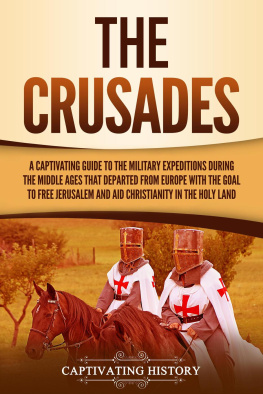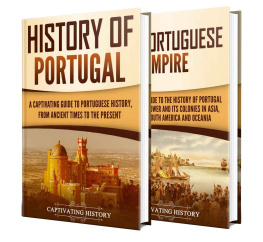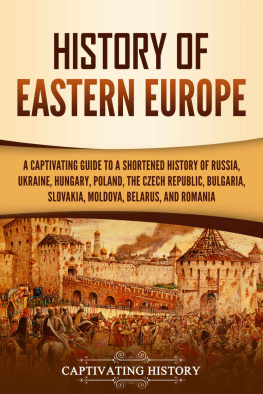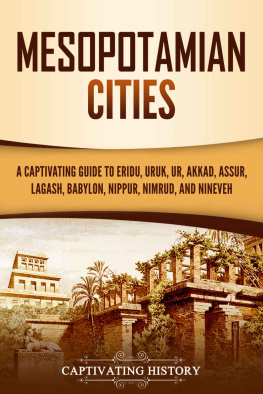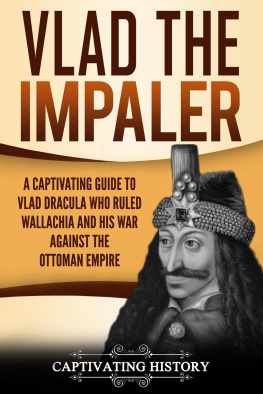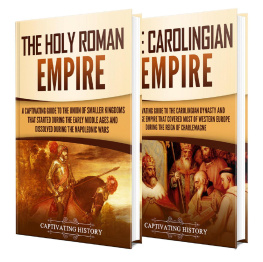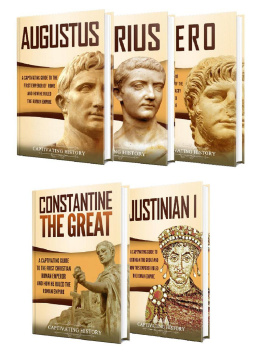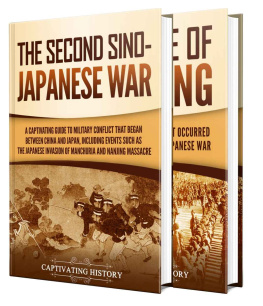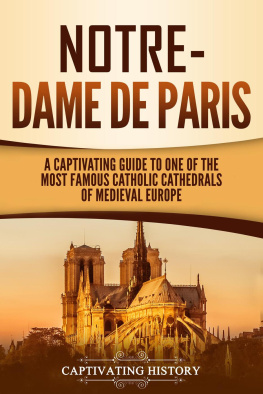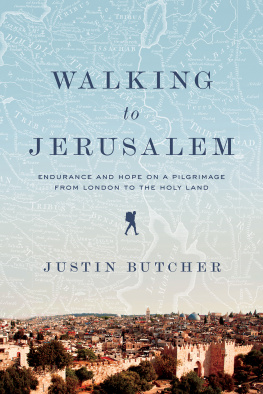The Crusades
A Captivating Guide to the Military Expeditions During the Middle Ages That Departed from Europe with the Goal to Free Jerusalem and Aid Christianity in the Holy Land
Copyright 2019
All Rights Reserved. No part of this book may be reproduced in any form without permission in writing from the author. Reviewers may quote brief passages in reviews.
Disclaimer: No part of this publication may be reproduced or transmitted in any form or by any means, mechanical or electronic, including photocopying or recording, or by any information storage and retrieval system, or transmitted by email without permission in writing from the publisher.
While all attempts have been made to verify the information provided in this publication, neither the author nor the publisher assumes any responsibility for errors, omissions or contrary interpretations of the subject matter herein.
This book is for entertainment purposes only. The views expressed are those of the author alone, and should not be taken as expert instruction or commands. The reader is responsible for his or her own actions.
Adherence to all applicable laws and regulations, including international, federal, state and local laws governing professional licensing, business practices, advertising and all other aspects of doing business in the US, Canada, UK or any other jurisdiction is the sole responsibility of the purchaser or reader.
Neither the author nor the publisher assumes any responsibility or liability whatsoever on the behalf of the purchaser or reader of these materials. Any perceived slight of any individual or organization is purely unintentional.
Table of Contents
I t could be said that European kings and nobles in the Middle Ages were Crusade mad. The enormous amount of fighting men who periodically sailed off to the Near East to do battle with Muslims are evidence of the widespread popularity of overseas adventurism at the time. The notion of a Crusade, in which large armies assembled from various regions of Europe for the purpose of doing battle with Turkish and Arab Muslims, became so fixed that it was expanded to include Crusades against heretical European Christian sects.
There are many reasons why so many European nobles answered the call to take the cross, and they all are to be found in the complex organization of medieval feudal society, which evolved at varying rates among the diverse cultures of Europe.
When, in the Early Middle Ages, the centralized secular order in Western Europe crumbled with the collapse of the Roman Empire, there arose a plethora of quasi-states. These states were established among groups of people who shared common ethnic origins in the tribes of barbarians who had swept across the continent in waves. The absence of firm national or cultural borders meant that the states were constantly jockeying for dominance over landsthe major source of wealth. A culture of warfare arose, and it became ingrained in the organization of all of the disparate cultural groups.
The chaos of multi-ethnic and multi-lingual states in constant struggle with powerful and weak neighbors was balanced by a single unifying force, the Catholic Church. At times, the authority of the Church, led by the pope and organized under a hierarchy of ecclesiastical officials, came under fire. Disputes arose over the power of the Church to appoint secular officials and leaders. Also, in constant contention was the direct authority of the papacy over states producing revenues that the secular lords coveted.
In cases where diplomacy failed, and it did more so more often than not, the leaders of states sallied forth from their fortified homes or castles to do battle with their neighbors, whether they be other secular lords or ecclesiastical officials, such as archbishops, bishops, or the pope himself, all of whom had armies at their disposal. As wealth was determined by territorial power, warfare was virtually constant. It was the determining factor in the organization of society.
Fighting became infused with the notions of honor, loyalty, and courage. Overlaying this were the Christian concepts of a just war, mercy, and morality. Thus, fighting men of the upper class and their retainers, prior to advancing into battle, engaged in Christian ritual prayer, pleading in advance for the forgiveness of any sins they might commit on the battlefield.
Because warfare was conducted for the purpose of acquiring land and expanding manpower for armies, a complex system of land ownership evolved. As it is said, to the victor go the spoils. In the Middle Ages, this did not generally mean the complete destruction of the estates of the defeated nobles. Rather, the defeated leader kept his rent-producing peasant farmers and turned over a portion of this income. The defeated leader and his fighting men were required to swear allegiance through the ritual of paying homage to the victor. The fealty of the defeated meant that the victorious lord could demand military service from an expanded army of knights and lower-class foot soldiers. The might of a lord was directly dependent on the quality and quantity of his own fighting men as well as those who, by means of conquest, served as his vassals.
Warfare was not the only way medieval nobles expanded their power. Through an intricate system of intermarriage among the powerful families, some semblance of order was obtained in which equally strong kings and nobles could, from time to time, let down their guard against avaricious neighbors, freeing them to attack lesser lords. Intermarriage was also important in securing alliances with non-vassal states should the need arise. Finally, intermarriage among the upper classes could support claims of authority by a noble or a king over the lands inherited by their offspring.
The Church was an integral part of this mix of interconnected alliances and vassal states. The papacy, at times, was equivalent to the noble landowners. Its lands or states were formed from the same arrangement of vassal states from which armies could be raised. Owing an obligation to the pope, a kind of religious homage, were the archbishops, bishops, and abbots of monastic establishments. These officials were landowners in their own right and thus could call on their vassals to field fighting men when the need arose.
With a culture of warfare being prominent among the nobility of medieval Europe, it is easy to understand the attraction of engaging in wars in far-flung lands. When the pope called for the powerful leaders of Christendom to take up arms against the Muslims in the East, known as taking the cross of Christ, he was speaking to receptive ears. Not only were the nobles inclined to see their participation in the Crusades as an honorable way to demonstrate religious fervor, but they also saw them as a means of exercising their skill in fighting and, for the vassals, their loyalty to their overlord. The attraction of participating in the Crusades, perhaps the greatest one among certain kings and nobles, was the potential of acquiring lands, treasure, and fighters in a region that was untapped by the European feudal system.
The primary function of a knight was to fight. Even during intermissions between serious warfare, knights honed their skills and won honor in ritual tournaments. In one sense, the Crusades filled a vacuum for knights, much as the tournaments did. This explains why when a king or a noble was engaged in warfare at home in Europe, he felt no need to answer the popes call to serve abroad. Ignoring the demands of the Church, even to the point of excommunication, was a reasonable way for a secular leader to exhibit his independence.
Next page
